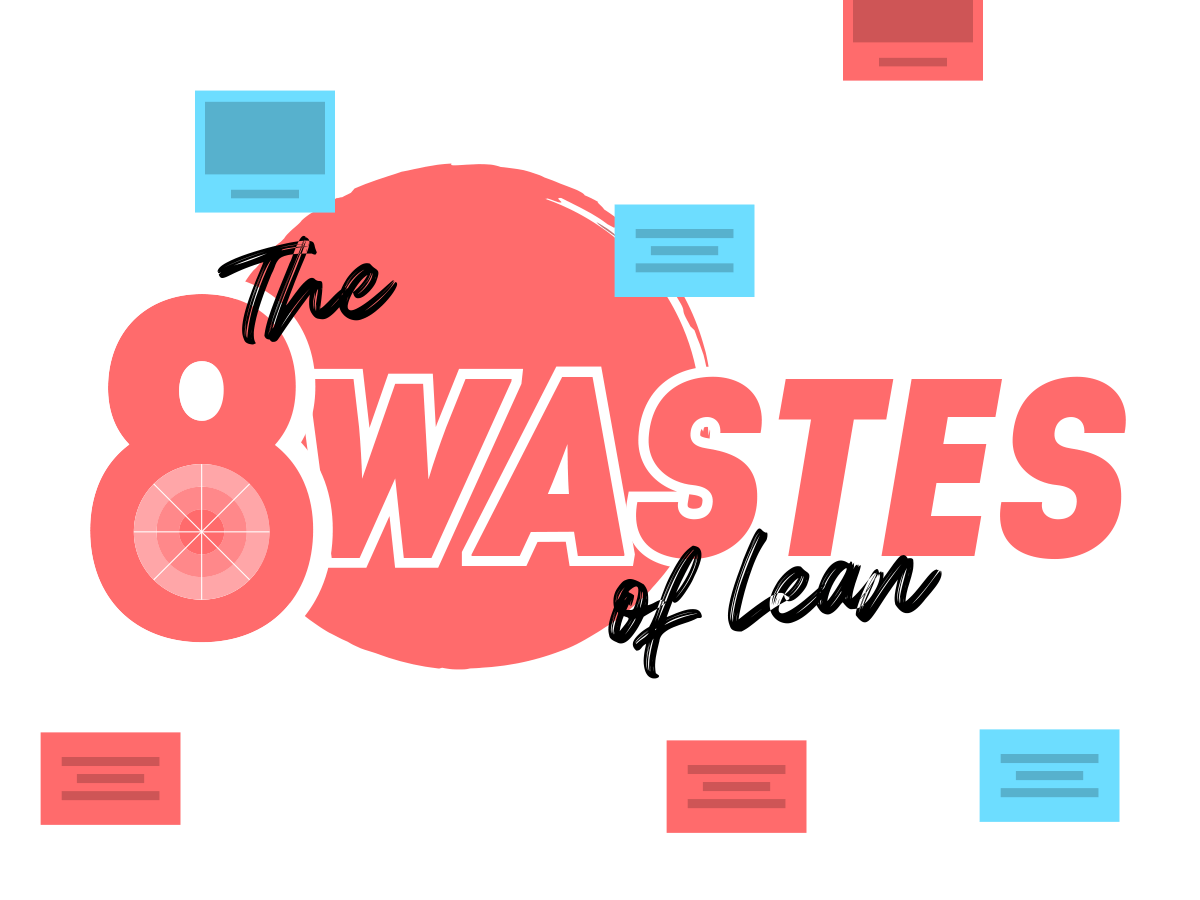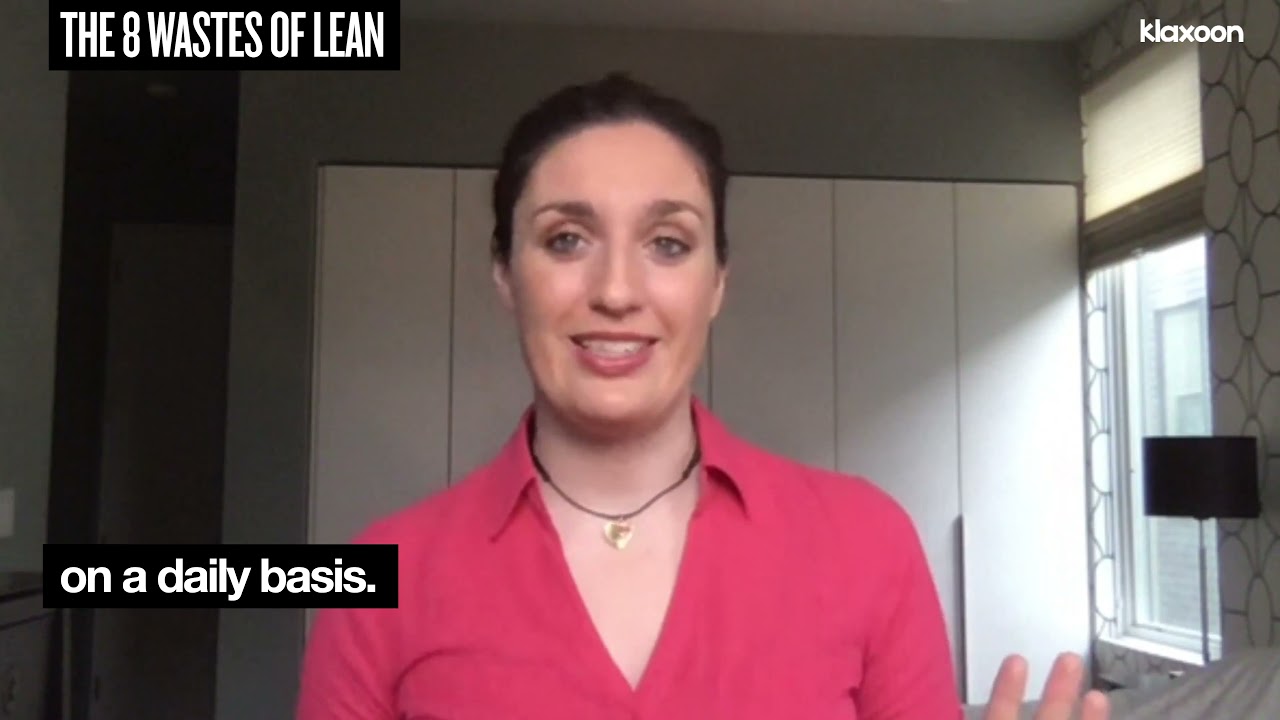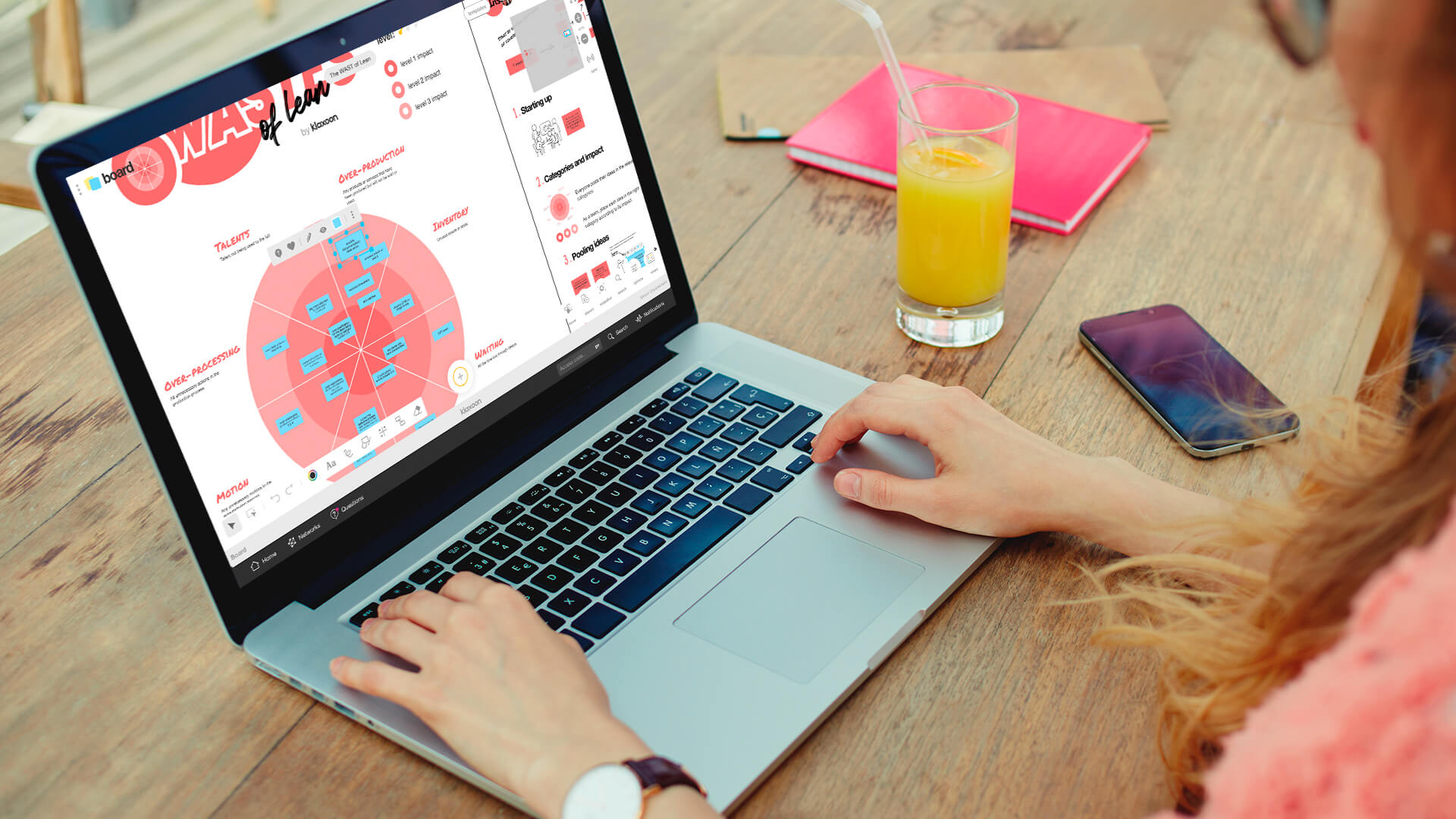8 Wastes of Lean: the way to sustainable process improvement
Published on February 14, 2025
8 Wastes of Lean: the way to sustainable process improvement


With the 8 Leans of Waste template, work as a team to identify all types of waste, and take action to eliminate it and improve your performance. Based on Lean project management, this continuous improvement workshop will help you make small daily changes that will make your team more efficient in the long term!

"Muda" means waste in Japanese. In the production industry, all non-value added activities that consume resources are considered to be waste. A Lean approach to project management focuses on waste-free management. Lean in this sense means slimmed down. It entails improving work processes by eliminating everything that might be wasteful to be more efficient, and in the end improve customer satisfaction and teamwork effociency.
This template comes from the Lean Japanese approach known as Kaizen, where "kai" means "change" and "zen" means "good". Put simply, it translates as "continuous improvement", i.e. a process of improvement based on concrete, simple and inexpensive actions. It’s all about making small improvements every day.
Working as a team, use this template to identify all the types of "muda" or waste you come across every day, and map them according to their importance. Then, you can prioritize them and highlight opportunities for improvement and actions to be taken.
Created in the 1970s for the industrial sector, and more specifically the automotive industry, the Lean approach (or Lean Management) has moved on and is now used in all types of companies in every sector, to help them moving forward in an increasingly competitive market.
It involves improving performance (in terms of productivity, quality, time and costs) through continuous improvement and eliminating waste, all with the aim of adding value to satisfy the customer.
In the context of project management, the Eight Wastes of Lean will help you adopt good habits. Collectively identifying areas of waste helps to get the team pulling in the same direction without naming and shaming any particular activity, and classifying them by their impact level means you can prioritize tasks very easily. Meeting in a room or working remotely, the whole team works together with the Eight Wastes of Lean template to eliminate waste.


The template gives a visual snapshot of the ideas shared by the team to define each type of waste.
After inviting your team to join the whiteboard, the first step is to review the eight types of waste to get all the team members on the same wavelength.
These are skills, overproduction, inventory, waiting, transportation, defects, motion and overprocessing. Everyone spends some time posting their ideas in the relevant categories, being careful to place them in the right color zone (from the reddest to the palest), depending on their importance. It’s a self-help approach to improving teamwork!
Then, take a moment together to review all the ideas and clarify them if necessary, using the Question tool. Whenever you want, you can question specific people or speak to the whole team so that everyone logged in to the Board can respond.
You can list together all the opportunities for improvement that have emerged in the “Major Improvement Opportunities” area below. Don’t forget to add the person responsible for actions in Dimensions for each idea. And Klaxoon brings an additional bonus to that: you can customize your 8 Wastes of Lean template even more by changing the color of your ideas, to separate them into different categories. You can also use this option to change implemented ideas into another color, and see your Lean project management improve as you go!
Get inspired by other templates from the same categories
Unlock your teamwork potential